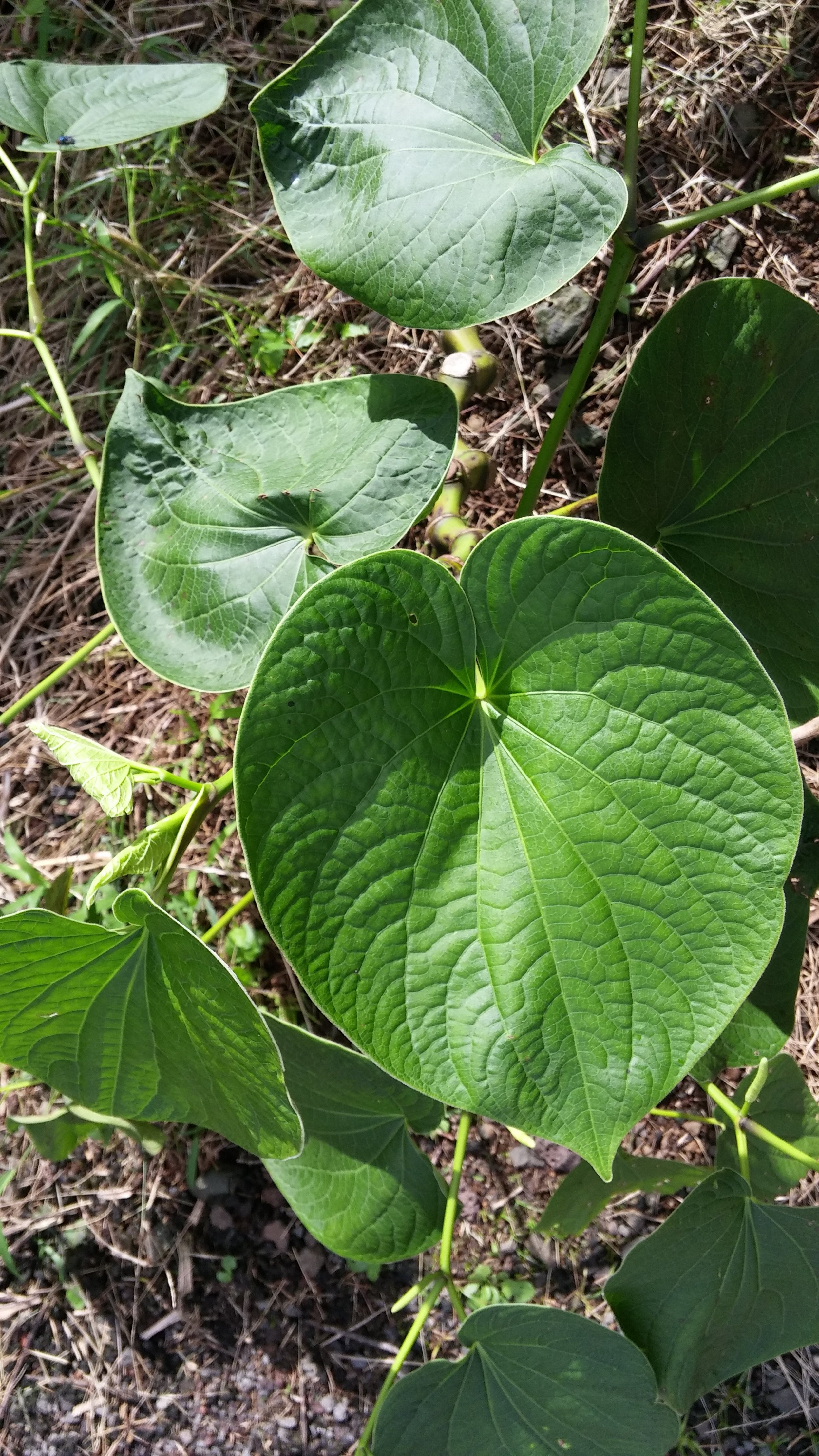Kava Strainer Bags: How They Work, Why They Matter and What Makes a Great Kava Strainer Bag
Today we wanted to address one of the most common questions we get: why a strainer bag is required for making kava from traditional powder and why its quality matters.
Turning traditional grind kava into an effective and enjoyable drink is fairly simple (and if you still have any doubts, check out our page with all the information on kava preparation and drinking you may need), provided you do have some fine kava AND the right strainer bag. While the former is admittedly more important than the latter, using an appropriate strainer bag can make a massive difference to your kava drinking experience.
Making Traditional Kava: Basic Principles
But let’s start with the basics. As many of your probably know, the active ingredients in kava (kavalactones) are not water soluble. This means they won’t simply dissolve if you pour some water on the kava powder. Instead, we must try to separate them from the root particles and get them suspended in the liquid. We can achieve this by vigorously agitating ground roots in water (either with the use of a mixer/blender or by hand). Think of the kavalactones as thick, sticky resin that covers bits of wood. You want to consume the resin, but you definitely want to avoid consuming the wood as it can seriously upset your digestive system. This is where a strainer bag comes handy.
The Role of the Strainer Bag
If you prepare your kava the traditional way, having a strainer bag allows you to hydrate, squeeze and agitate root particles to get the kavalactones released and suspended in the liquid (as a side note, during this process some of the starches get dissolved in the water and incidentally make kavalactone extraction easier), while at the same time preventing those indigestible, woody particles from irritating your guts. High speed blending/mixing kava also achieves the purpose of releasing and suspending the resin in the liquid, but obviously this mixture still requires final straining. Many things can be used to filter kava, but having an appropriate kava strainer can significantly improve both the extraction of kavalactones and the quality of the filtered beverage. Historically, kava was prepared from green/fresh roots that (after mastication/grinding) had fairly large and soft particles that were much easier to squeeze and filter out using natural materials. These days most kava drinkers prepare their kava from powdered dried kava roots that contain far smaller particles (once the roots are dried, large particles are too hard for effective kneading/squeezing).
By an “appropriate strainer”, in the modern context (and for the purpose of making kava from dried kava powder) we mean a bag that is capable of sufficiently filtering out all coarse fibers (that can irritate the guts and negatively affect your kava session), while at the same time allowing the desirable kavalactone resins to make their way into your bowl and shell. It should also be strong enough to withstand the pressure of kneading and straining and sturdy enough to last for many sessions without tearing or becoming too deformed or stretched.
Alternative Strainers/Filters
Many new kava drinkers think they will be fine with cheesecloth, some old t-shirt, stockings, or even metal mesh filters. While such solutions are certainly far better than not using any filter, in many cases, they produce a far inferior beverage that is either full of irritating fibres or one that is not just fibrous, but also quite weak due to the filter being unsuitable for proper kneading.
Optimal Strainer Bag
Over the years we’ve experimented with all sorts of filter cloths, sometimes intentionally and sometimes (especially early on) out of necessity/lack of other options. After years of trials and errors, we’ve settled on using fine, food grade nylon filter bags, similar to those used for making almond milk. Such bags can generally be easily bought in healthy food shops, but they do vary in sizes (not just the size of the bag, but the actual size of the holes that is measured in microns). After trying various sizes, we’ve decided that 75-80 micron size bag works best for most kava powders. To be sure, different suppliers grind their kava to a slightly different particle size. To a degree this is a matter of personal preference (and/or available equipment), but generally speaking we think there is a degree of consensus when it comes to the idea of the optimal traditional grind, i.e. one that allows optimal extraction and filtration. Going too coarse makes it hard to release the resins, going too fine makes it impossible to filter the woody bits (this is effectively what gets sold as “micronised” kava). We aim to have all our traditional powders ground to this optimal particle size. And this optimal particle size works extremely well with what we consider to be the optimal size for the kava strainer bag.
In order ensure that all our strainer bags are of the right size and quality, we custom order them from a dedicated supplier and offer them for sale through our online shop. We believe these are the best kava filter bags on the market. However, if for some reasons you prefer to use a different bag or filtration method, we strongly advice trying to find one with hole size not exceeding 150 microns (with 100 micron threshold being ideal). While natural materials (cotton, hemp etc) might sound very appealing and bags made from such materials can be a good option, note that they are more likely to wear much quicker than nylon bags and it’s also quite difficult to find one fine enough to allow a similar level of filtration that achieved with nylon bags.
Looking After Your Strainer Bag
Strong nylon filter bags can last for months. However, some basic care is needed to ensure optimal performance and hygiene. The easiest way of looking after your strainer bag is to simply wash it with other clothes (coloured - kava resin is yellowish and can stain white clothes) using some gentle, natural detergent. Temperature of 40-60C achieves the best results. In this context, it makes sense to have a few strainer bags on hand, this way you can always access a clean one while others await to be washed.
But strainer bags can also be washed by hand using warm water and soap. Note that this might not take care of all the sticky residue and with time your kava bag can get clogged up.
If your strainer bag gets too sticky/clogged up and no amount of washing seems to be making it clean, try boiling it or soaking it in high % alcohol (obviously rinse it afterwards). The latter method should allow an almost complete dissolution of the residual resin.







Leave a comment
This site is protected by hCaptcha and the hCaptcha Privacy Policy and Terms of Service apply.